Description
- Heal the Whole Person: Integrating Somatic Psychotherapy for Trauma TreatmentRecognize the profound connection between mind and body in trauma recovery. Treating trauma solely through a psychological lens can overlook crucial physical experiences, hindering your clients’ progress. Discover how to effectively integrate somatic psychotherapy techniques to address the full spectrum of trauma and stress disorders.This comprehensive recording provides you with essential tools and strategies to:
Bridge the Gap: Understand the critical role of the body in trauma processing and recovery.
Enhance Clinical Practice: Learn practical somatic interventions to incorporate into your existing therapeutic approach.
Increase Client Readiness: Master techniques to assess your clients’ readiness for somatic work and ensure a safe therapeutic environment.
Empower Clients: Guide clients through deep emotional processes without overwhelming them, fostering resilience and healing.
Effectively Treat Trauma: Utilize evidence-based somatic techniques to address trauma, stress, PTSD, and complex PTSD.
What You’ll Gain:Targeted somatic interventions for trauma, stress, and PTSD.
Clear steps to integrate the body into your therapeutic framework.
Essential safety guidelines and keys to successful somatic work.
Techniques to read and interpret bodily distress.
Strategies for self-regulation and preventing vicarious trauma.
Course Highlights:Comprehensive 53-page manual (available after purchase).
Detailed outline covering the essentials of trauma, somatic perspectives, and practical interventions.
Exploration of evidence-based approaches like somatic experiencing, sensorimotor psychotherapy, and EMDR.
Practical tools for mindfulness, body awareness, movement, breathwork, and safe touch.
Guidance on boundary setting and vicarious trauma prevention.
demonstrations of Somatic therapy skills.
Empower your clients to achieve deeper healing by addressing the interconnectedness of mind and body. Enroll now and transform your trauma treatment approach.
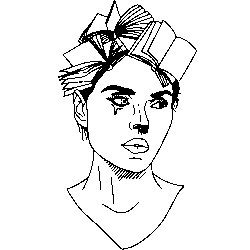
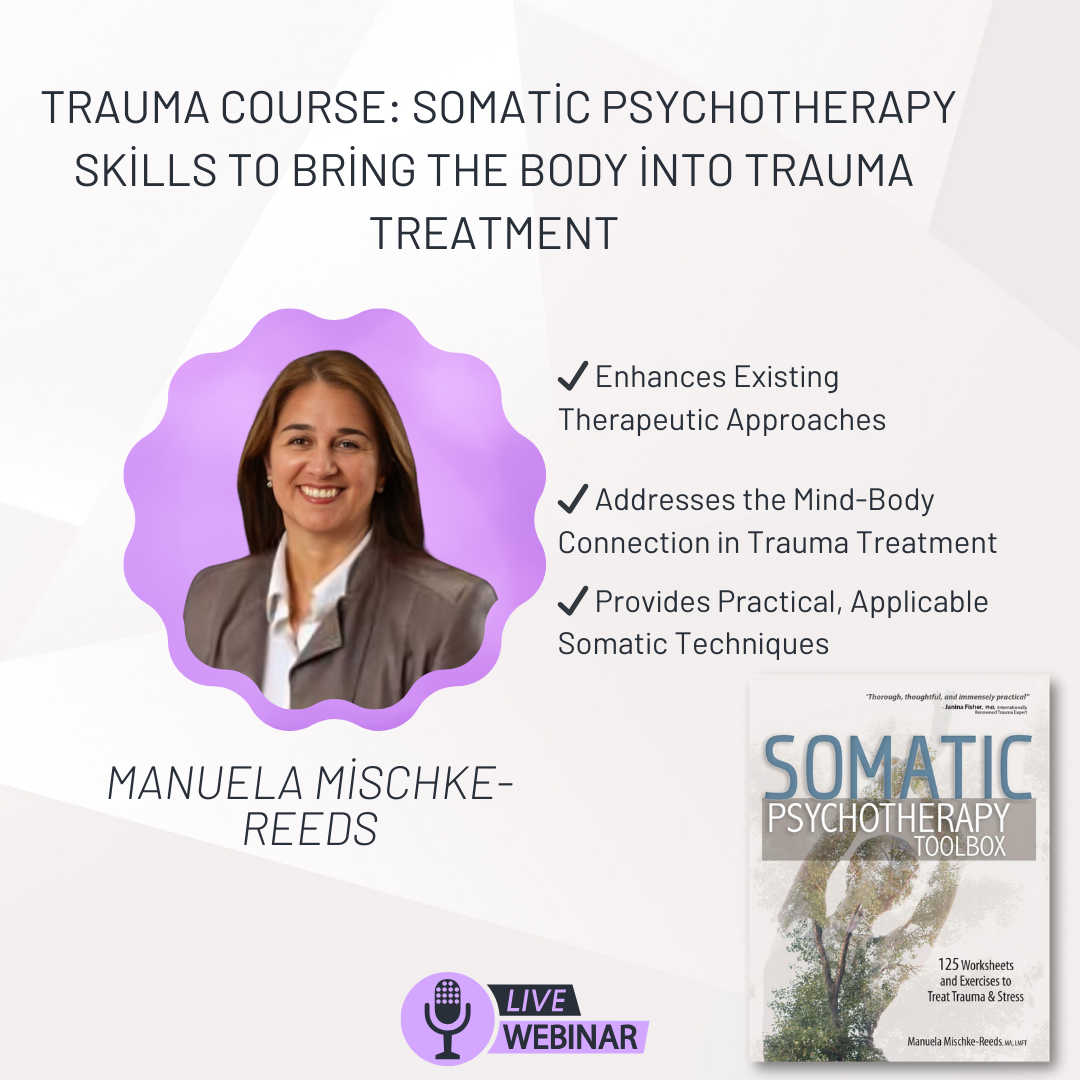

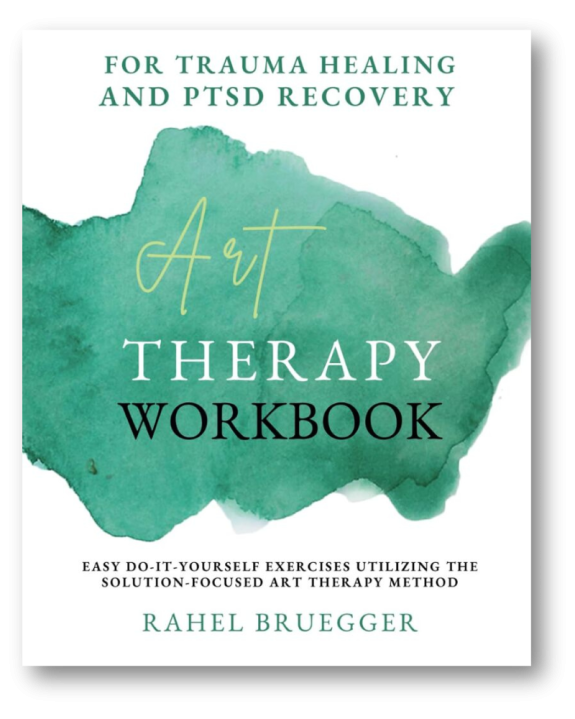

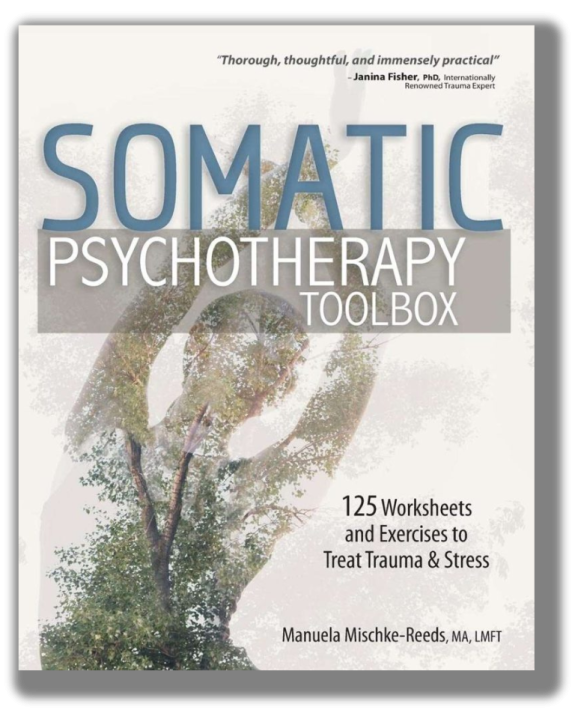
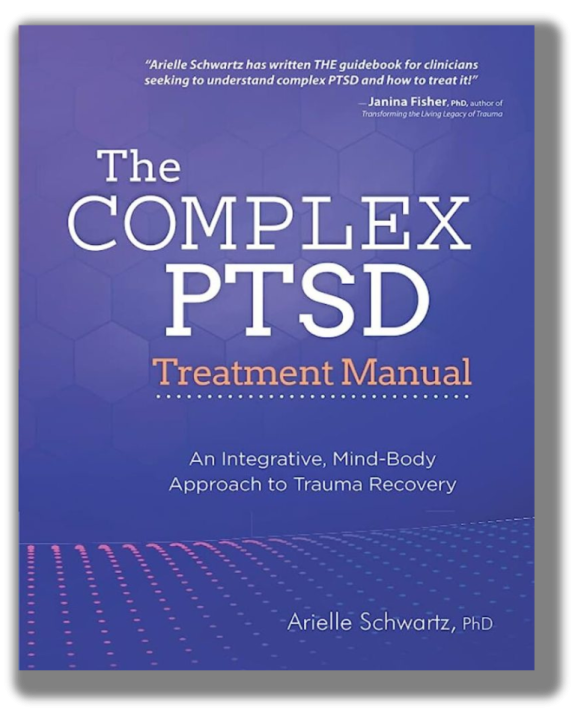
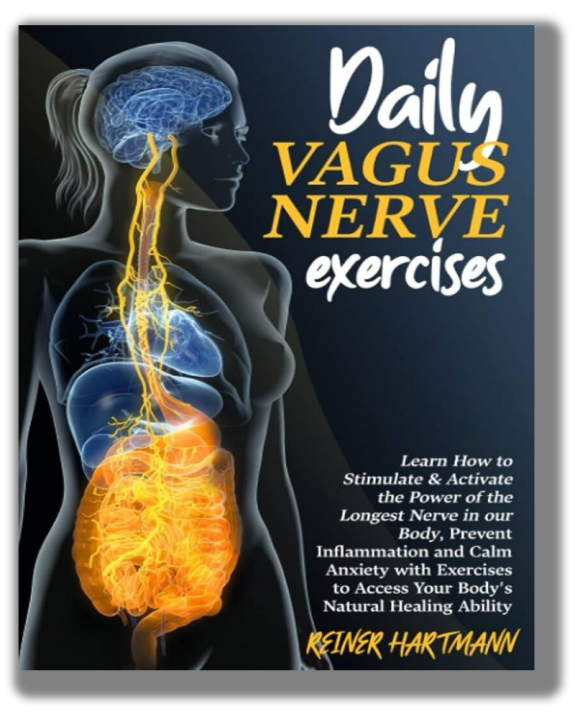
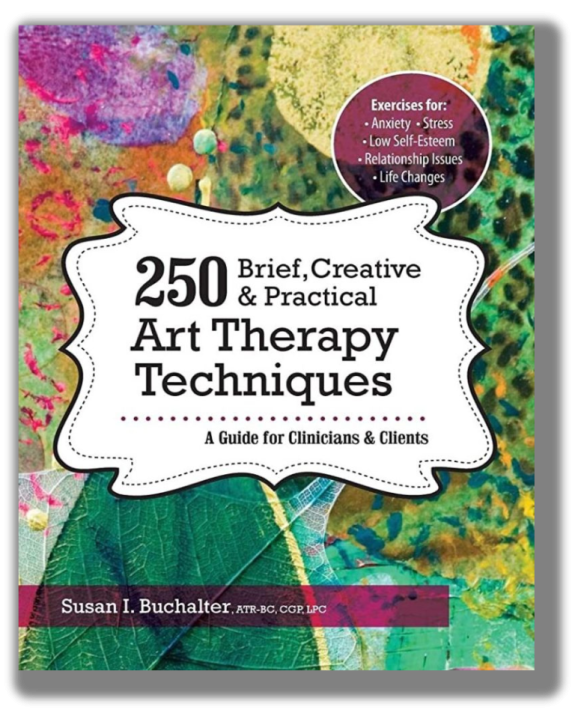
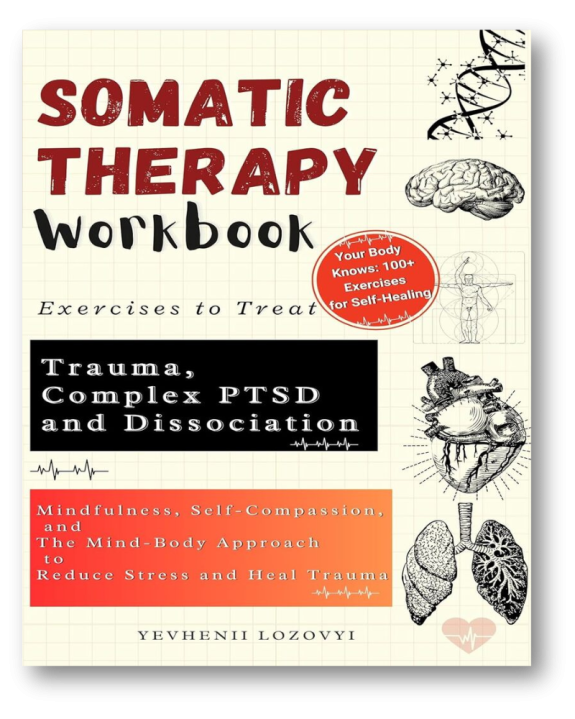
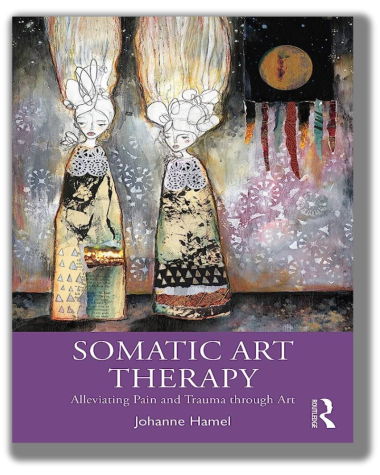
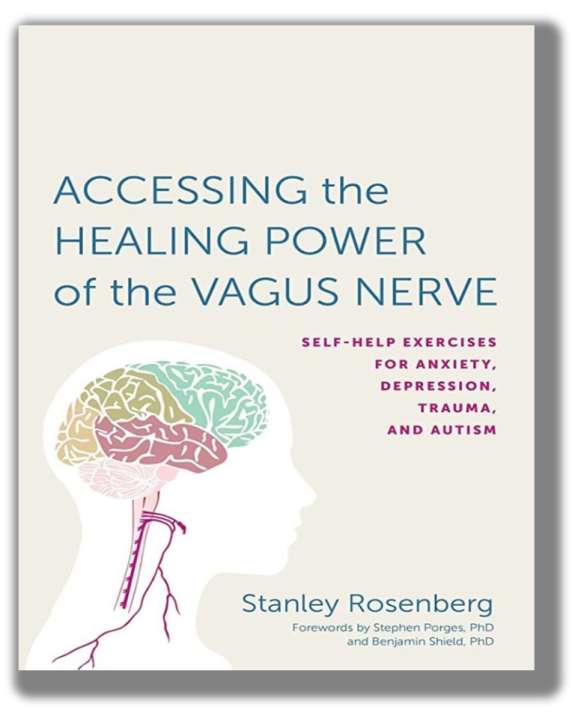
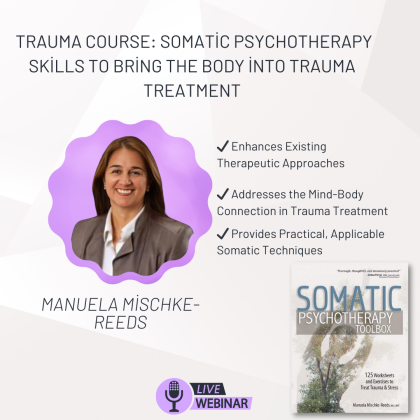
Reviews
There are no reviews yet